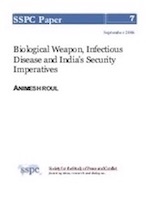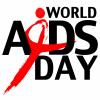Pakistan: Between Devil and Disease
In late November 2013, doctors working for the Kurdish Red Crescent in Syria traced a deadly strain of polio virus to Pakistan. The vectors of the virus are unknown, but the needle of suspicion is on the Jihadi elements who have travelled all the way to Syria from the tribal badlands of Pakistan where a government polio eradication campaign has been marred by Taliban zealots for the past many years.






